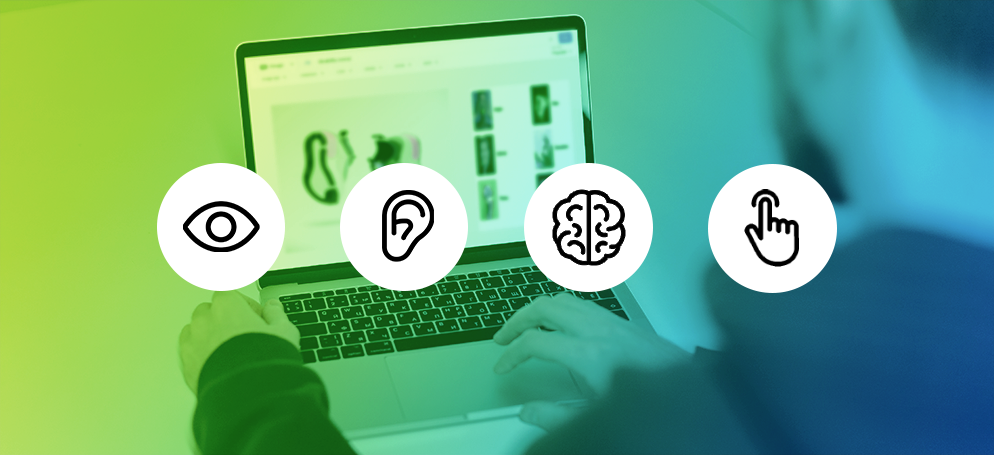
How well does your international website cater to users with a disability?
Every year, the third Thursday in May is Global Accessibility Awareness Day. The date is an opportunity to think, talk and learn about digital access and inclusion. If you are interested in learning more about it, you can join one of the events which take place around the world.
Why digital access and inclusion is important
Did you know that in the UK, at least 1 in 5 working age adults have a long-term illness, impairment or disability, which affects their ability to perform daily activities? The UK – in common with much of the West – also has an ageing population. As we grow older, we are more likely to suffer some of the health conditions associated with ageing, such as hearing loss, cataracts, osteoarthritis, and memory loss, amongst others.
Talking about and acting on accessibility is important, particularly in the digital age, where so many products and services are being moved online. Take banking for example: physical branches are disappearing, replaced by mobile or online banking. This means that essential services need to be accessed through websites or mobile apps.
But what happens when those services are not designed with accessibility in mind? Even if you don’t have a disability, you’ve probably experienced occasions where online text is difficult to read or where buttons are too small to click. Now imagine somebody with impaired vision trying to access information, or somebody with tremors trying to click that tiny button – the tasks of using the website or app becomes much more difficult.
Beyond the UK, the World Bank estimates about 1 billion people (or 15% of the world’s population) has some form of disability. What does it mean for your business if 15% of your potential website users abandon your site because they find it inaccessible to use?
Many websites are not accessible enough
WebAIM (Web Accessibility In Mind) is a non-profit organisation that supports the creation of accessible content. In a recent study, they evaluated one million web pages in terms of their accessibility. They found that 96.8% of pages failed the Web Content Accessibility Guidelines (WCAG) in some way. The graph below shows some of the typical errors they found, such as low contrast for text, missing alternative text for images, empty links, missing form input labels, empty buttons, and missing document language.

These results provide a broad outline for which areas to focus on to improve online accessibility. Addressing these issues doesn’t mean your website will become immediately accessible, but it does mean that you, as a business, will be taking the first steps to welcoming more users to your site.
Useful resources
Free tools such as the WAVE accessibility evaluation tool or Contrast Checker are good starting points if you want your website to become more accessible. For a deeper understanding of the topic, the Web Accessibility Initiative (WAI) or the free Foundations Online Course provided by the W3C, UNESCO and UNESCO IITE, are useful resources.
. . .
And Oban can help. We offer free, simple accessibility audits for prospects, to give you a broad sense of how accessible your international website is. To find out, please contact us.
Oban International is the digital marketing agency specialising in international expansion. Our LIME (Local In-Market Expert) Network provides up to date cultural input and insights from over 80 markets around the world, helping clients realise the best marketing opportunities and avoid the costliest mistakes.